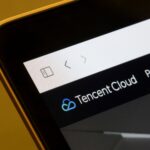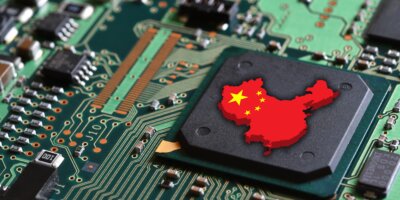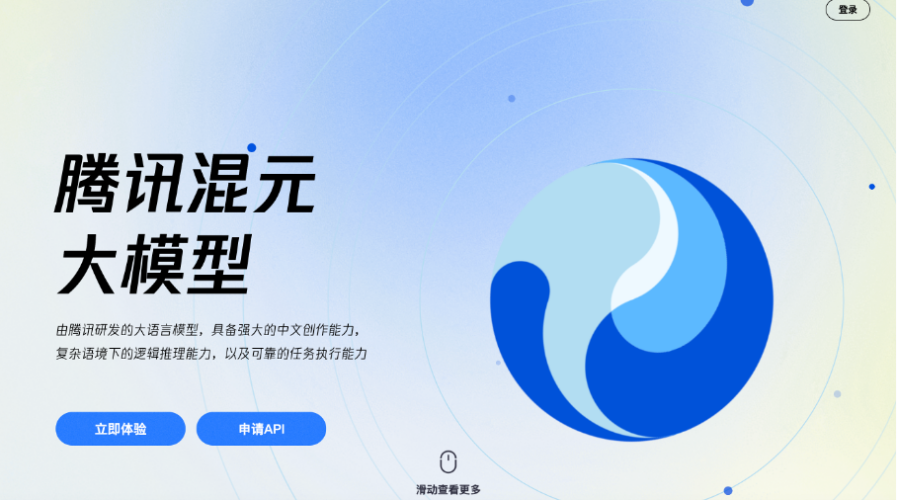
Hunyuan is Tencent Cloud’s foundation model. (Image – Tencent)
Introducing Hunyuan, Tencent Cloud’s proprietary foundation model
- Tencent Cloud has unveiled Hunyuan, a proprietary foundation model.
- Domestic enterprise users can now connect to Hunyuan via APIs on Tencent Cloud.
- Tencent’s annual flagship summit also showcases Tencent’s fast-growing Global Partner Ecosystem.
China’s Tencent Cloud is one of the world’s leading cloud companies. The Shenzhen-based cloud company is committed to creating innovative solutions to resolve real-world issues and enabling digital transformation for smart industries.
The gaming industry, in particular, is known to use Tencent Cloud in Asia Pacific. As other cloud service providers continue to innovate their offerings with generative AI, it was only a matter of time before Tencent would unveil its own model.
Given the increasing usage and demand for generative AI solutions, cloud service providers have been developing their own foundation models, allowing enterprises to develop their apps on the cloud. In China, using proprietary technology is key, especially with the number of regulations in place.
As such, realizing the need for enterprises to have these capabilities, Tencent has built and debuted its proprietary foundation model, Hunyuan, at its flagship Global Digital Ecosystem Summit in Shenzhen. Hunyuan is now open to enterprises in China for testing and building apps via APIs on Tencent Cloud.
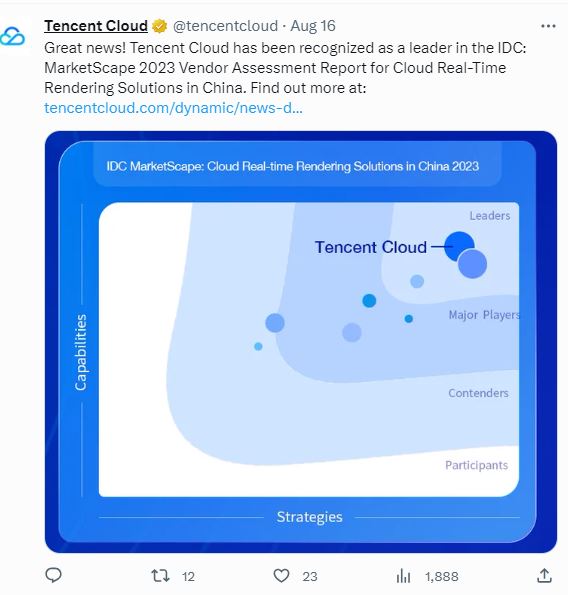
Tencent Cloud launches its proprietary foundation model.
China’s large foundation model
Following the announcement of Hunyuan’s availability, enterprises in China can now access the foundation model via Tencent Cloud’s public cloud platform and fine-tune it to their specific needs. Apart from English, Hunyuan features strong Chinese language processing abilities. Hunyuan also has advanced logical reasoning and comes with reliable task execution abilities.
According to a media release by Tencent, the foundation model supports a wide array of functions, spanning the creation of images, copywriting, text recognition, and customer service, to name just a few. The finance industry, public services, social media, e-commerce, transportation, games, and other industries are expected to benefit from Hunyuan too.
Apart from building powerful tools, enterprises can train their own unique large models derived from Tencent’s Model-as-a-Service (MaaS) offering. The MaaS, which was introduced in June last year, gives enterprises economically viable, industry-specific large models, featuring more than 50 solutions spanning 20 major industries. Enterprises can refine their large models with Hunyuan to create uniquely intelligent services across their operations.
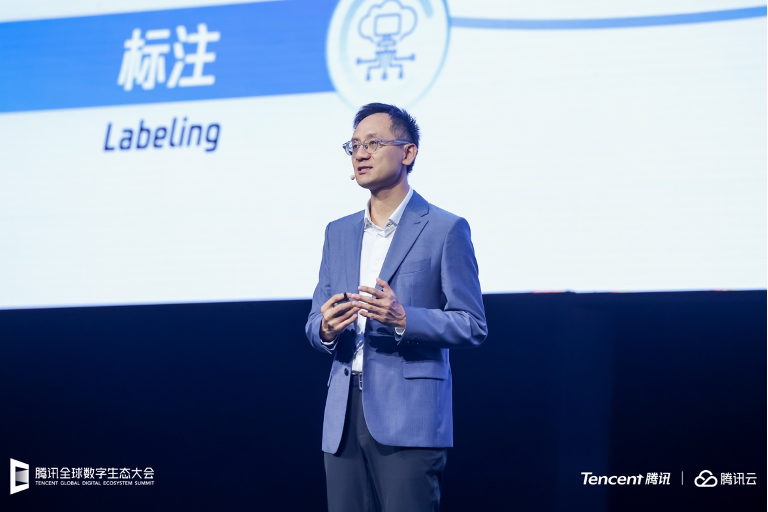
Dowson Tong, Senior Executive Vice President of Tencent and CEO of Tencent Cloud and Smart Industries Group (CSIG)
The Tencent Cloud ecosystem
Speaking at the tech company’s annual summit, Dowson Tong, Senior Executive Vice President of Tencent and CEO of Tencent Cloud and Smart Industries Group, highlighted that Hunyuan has also been connected to 50 of Tencent’s own products. These include: Tencent Cloud, Tencent Advertising, Tencent Games, Tencent Fintech, Tencent Meeting, Tencent Docs, Weixin Search, QQ Browser, and other core offerings.
Here are some examples of how Hunyuan will be integrated into the products.
- Tencent Meeting now features a Hunyuan-powered AI assistant that can perform complex tasks such as generating relevant meeting minutes by processing natural language instructions and prompts from users.
- Tencent Docs, now integrated with Hunyuan, can support dozens of text creation scenarios, and generate standard format text with just one click.
- In advertising, Hunyuan supports the creation of advertising content. It helps create interesting shopping guides that merchants can use to advertise.
“In launching Hunyuan and making it available to domestic enterprises, Tencent has opted for an approach that balances the exciting performance of consumer-facing, large-model AI-powered chatbots, with the pragmatic need for the business community to increase operational efficiencies, reduce costs, and protect privacy as well as proprietary data,” said Tong.
According to Vice President of Tencent, Jie Jiang, the company has entered the era of the “comprehensive embrace of large models”, with Tencent having evolved over the years from model algorithms to machine learning frameworks and now, to AI infrastructure. Currently, the Hunyuan model has over 100 billion parameters, with more than two trillion tokens in pre-training data. Hunyuan will be extended to even more businesses and applications over time.
A report by Reuters added that OpenAI’s GPT-3 AI model contained 175 billion parameters in 2020 and Meta’s Llama 2 model had 70 billion parameters in 2023. The model also experiences 30% less hallucination compared to Llama 2. AI experts often describe moments where AI models generate incorrect information but present it as if it were a fact as a “hallucination.”
With the launch of Hunyuan and a thriving international business, Tencent is committed to open collaboration in the ecosystem, with domestic businesses ultimately benefitting from the company’s model services, while international businesses leverage Tencent to access the Chinese market, in addition to undertaking their own digital transformations using Tencent products and services.
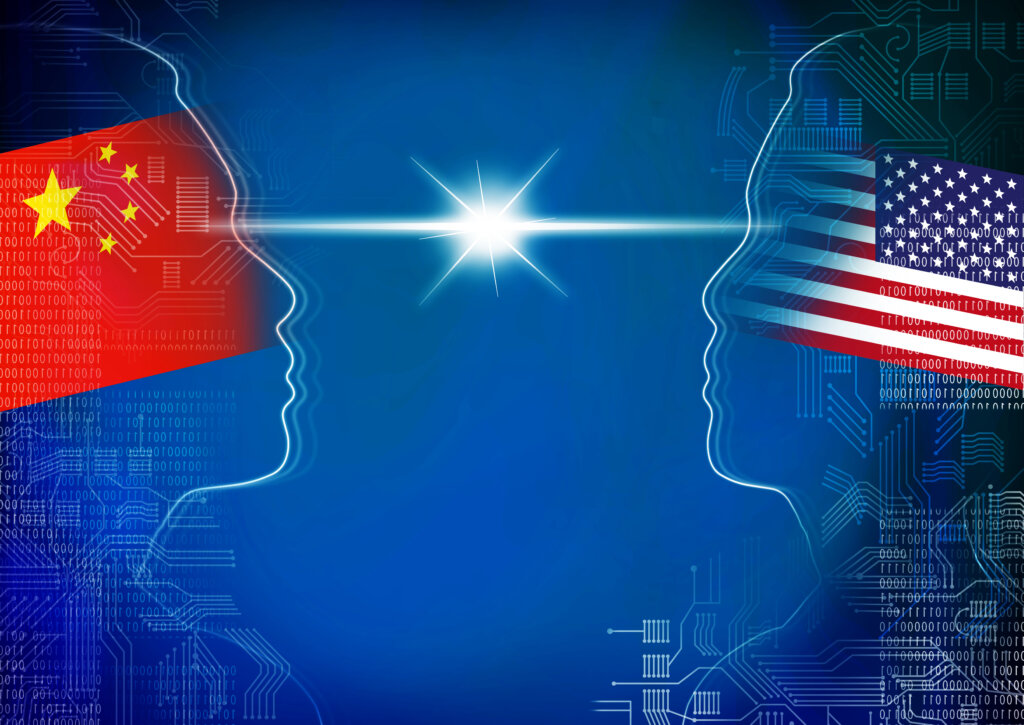
China and US continue to battle for tech supremacy. (Source – Shutterstock)
AI supremacy: US vs. China
As Tencent Cloud begins to serve enterprises in China with Hunyuan, it’s not the only Chinese tech company working on foundation models. Baidu released its iteration of a foundation model, ERNIE 3.5, in June. The foundation model has made significant strides in beta testing, surpassing OpenAI’s ChatGPT (3.5) in comprehensive ability scores and outperforming GPT-4 in several Chinese language capabilities.
Baidu has also recently announced the public release of ERNIE Bot, its large language model (LLM) which is built on Ernie 3.5. ERNIE 3.5 boosts training throughput two-fold and inference throughput by an astonishing 17 times compared to ERNIE 3.0.
As China continues to innovate the technology, the US is also keeping a close eye on the country’s advances. The battle for tech supremacy between the two countries continues to heat up, especially in semiconductors, quantum computing and AI.
In fact, when OpenAI announced the public availability of ChatGPT, Chinese tech companies were also working on developing similar generative AI capabilities. Unusually, both countries agree that regulating AI is essential, especially on the question of how data is sourced to generate insights.
In June this year, Sam Altman, OpenAI CEO called for a global cooperation in setting up regulatory guardrails for AI systems. He noted that China could play a significant role, with some of its best AI talent in the world. Altman had also suggested the same to the US.
However, it may be some time before both these countries come to an agreement on regulations. For now, they are locked in competition and each determined to be the better developer of technology. There are some areas where the US is leading, but China is also catching up with the technology fast, despite sanctions on its tech supply chain.
READ MORE
- Safer Automation: How Sophic and Firmus Succeeded in Malaysia with MDEC’s Support
- Privilege granted, not gained: Intelligent authorization for enhanced infrastructure productivity
- Low-Code produces the Proof-of-Possibilities
- New Wearables Enable Staff to Work Faster and Safer
- Experts weigh in on Oracle’s departure from adland




